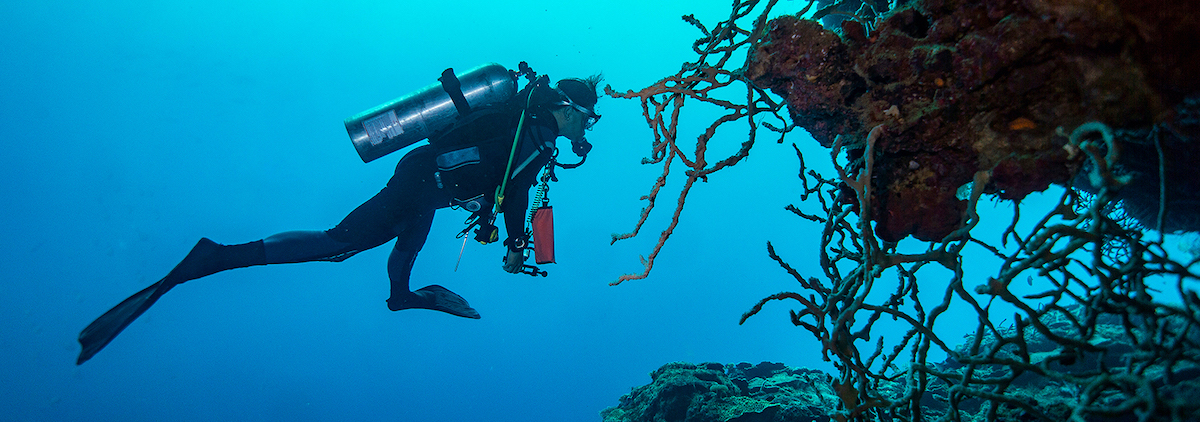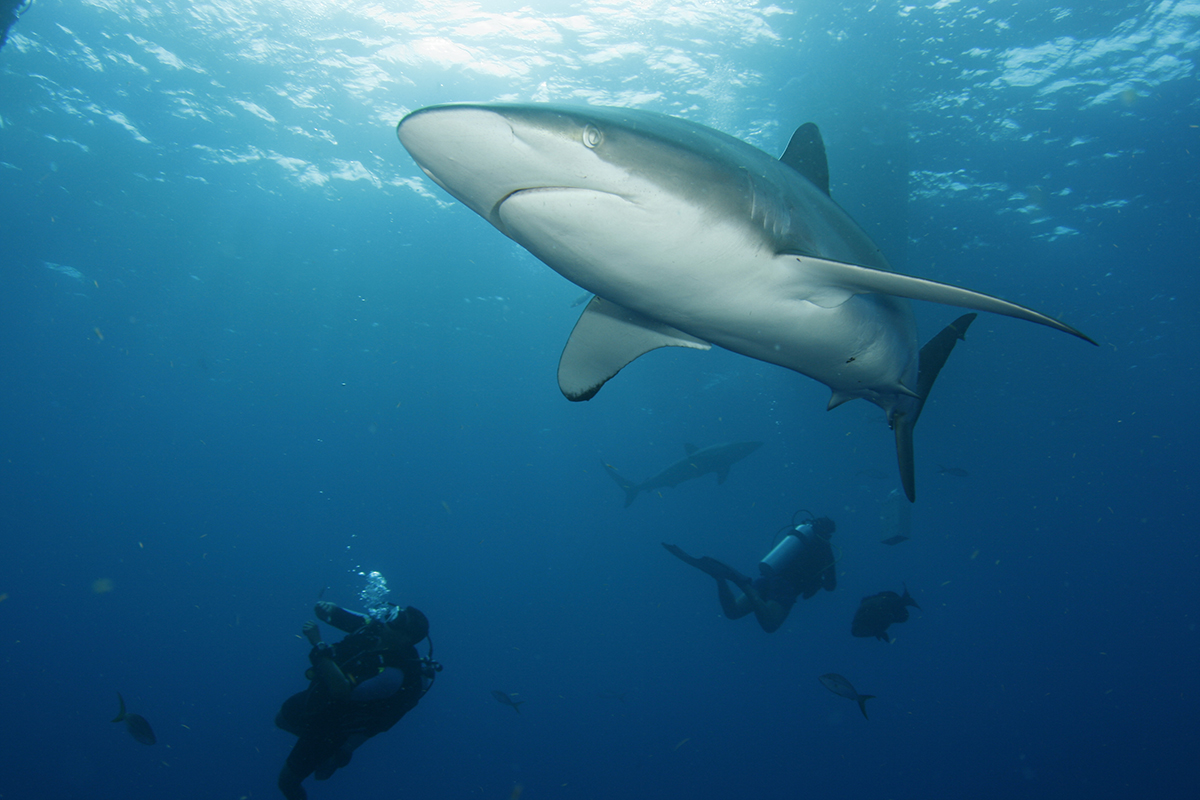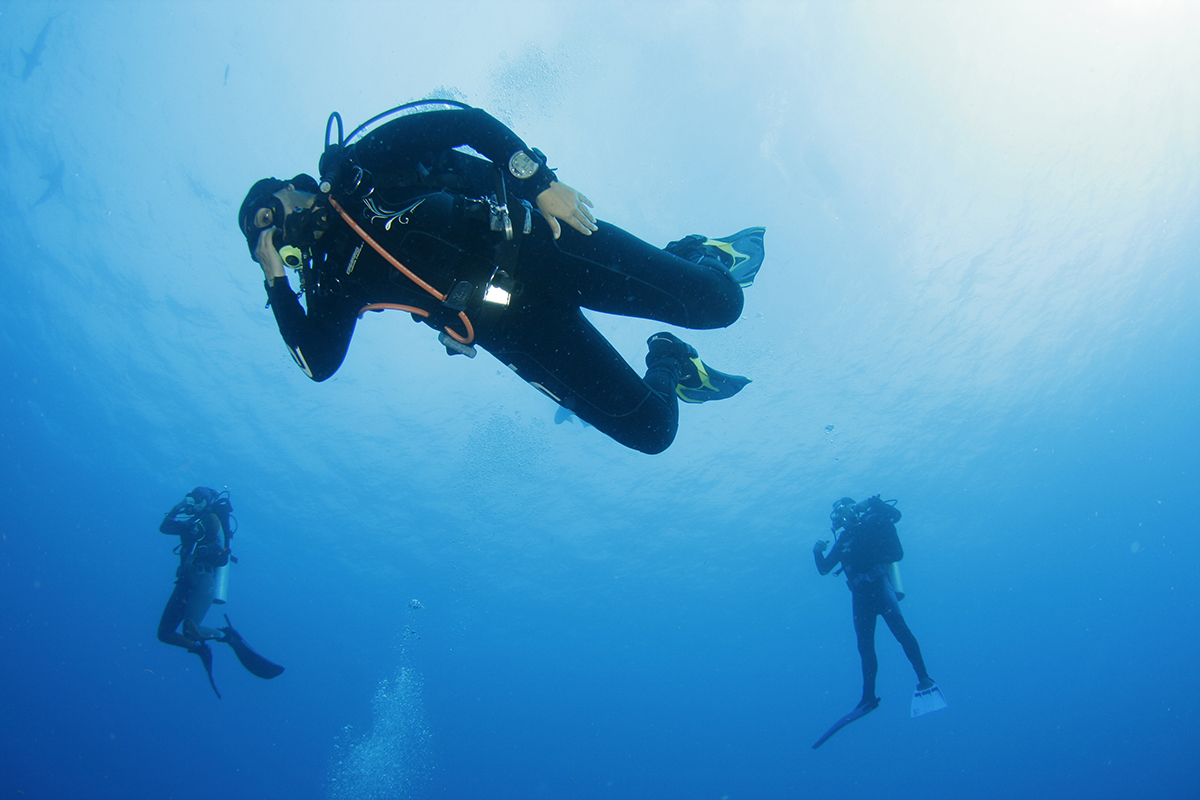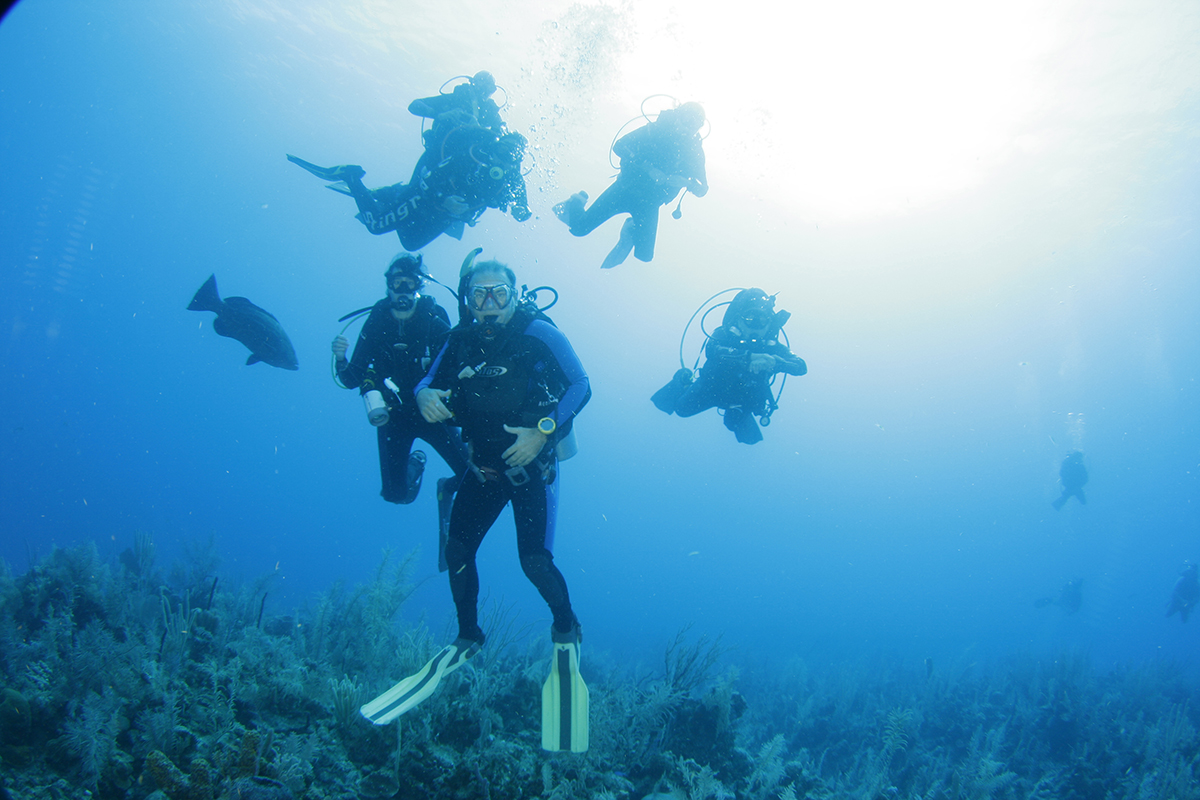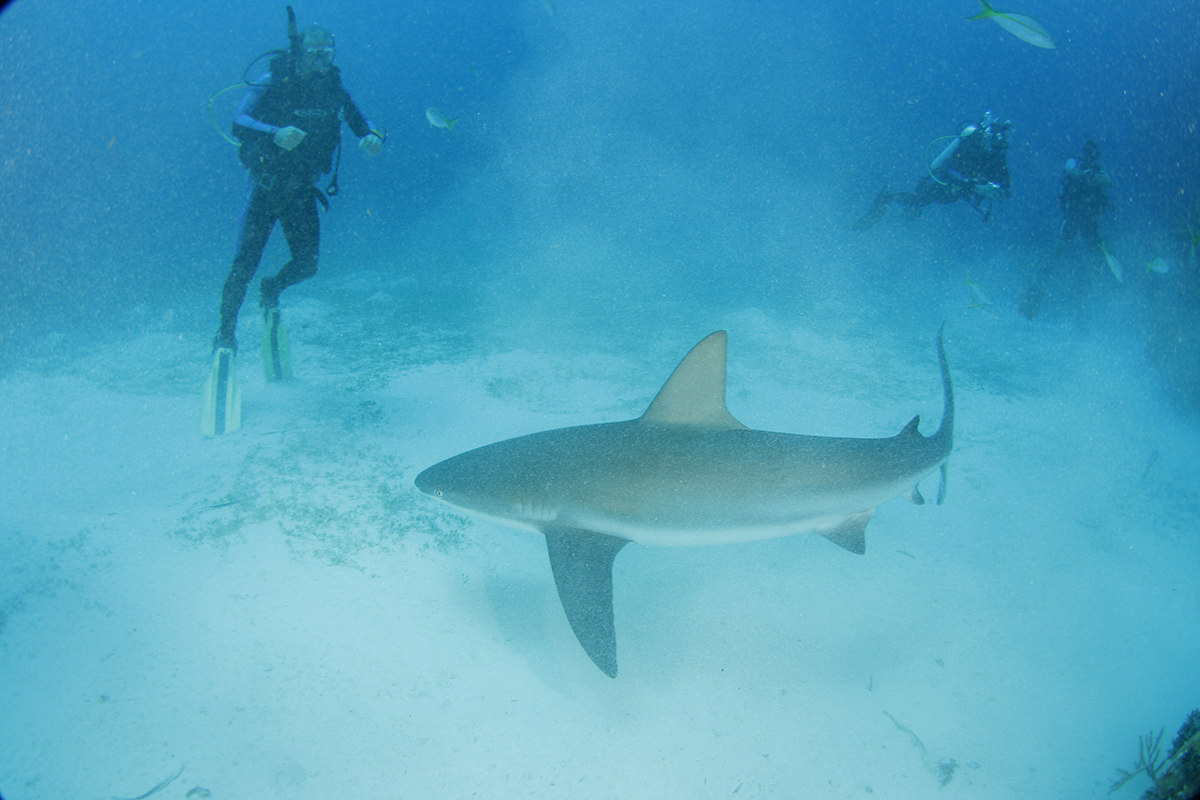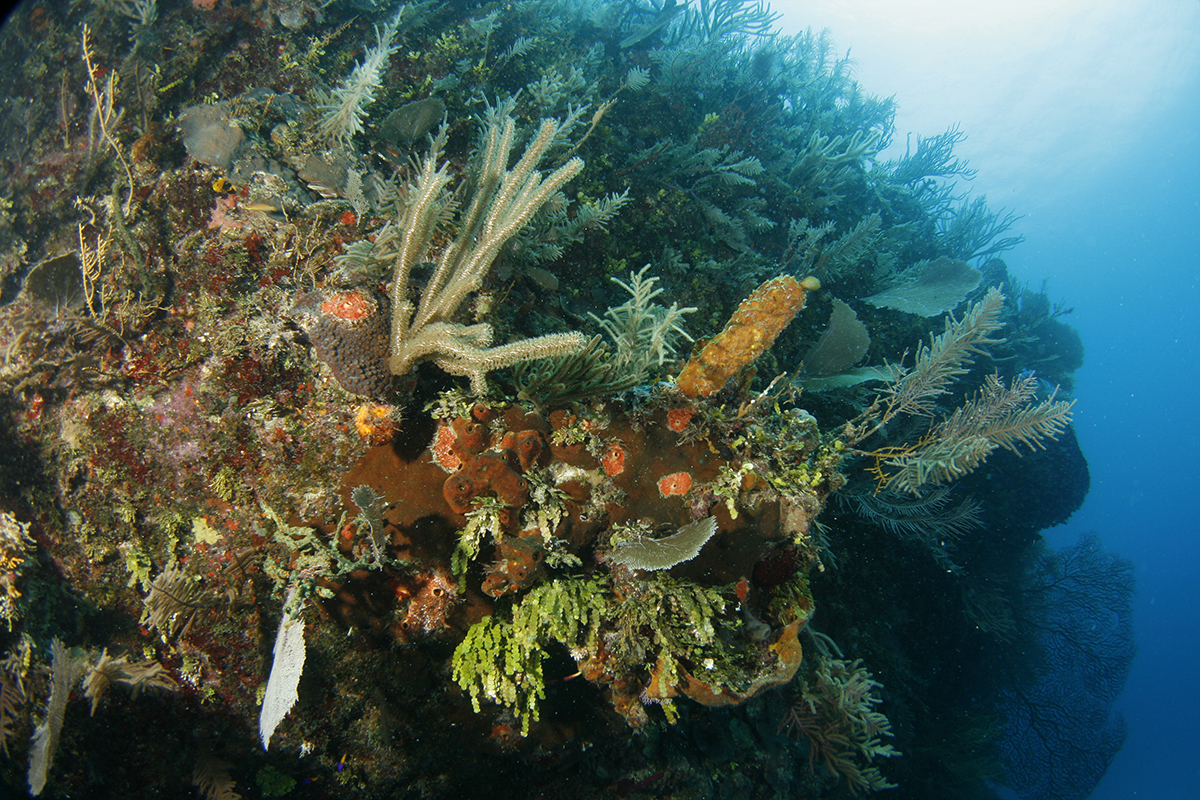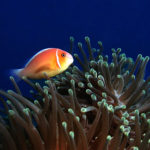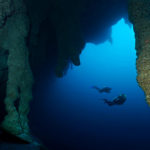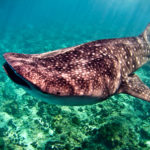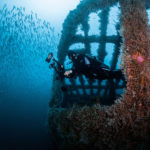Cuba – – Gardens of the King
Overview
In our search for the best dive sites around the world, we rediscovered Cuba: Jardines de la Reina. An area of the Caribbean with a very high degree of protection, it can only be accessed through a dive trip where only one organization is allowed to take divers to this beautiful region: The Avalon fleet.
Named after Christopher Columbus, it is located 60 miles south of the central coast of Cuba. On a coral reef almost 75 miles long, which makes it the third largest in the world. This territory includes 250 virgin islands and islets, which build an impenetrable maze of mangrove, sand and coral. Crocodiles, turtles, birds, iguanas and jutías coexist inside this region.
Once there we will taste our first Cuban rums and spend the night at the Panorama hotel. The next day, we leave very early by truck heading to the town of Jucaro, on the central coast of Cuba, from where our Liveaboard will embark. After 5 hours of sailing we will arrive to the reef coasts of Jardines de la Reina.
We are followed by 5 days of diving with 3 dives a day, interrupted only by delicious international and Cuban food, rum nights and many stars. Wake up, have breakfast, dive, eat, dive, eat, dive, pizza time, rum, dinner, sleep … and again: have breakfast, dive … We return to Jucaro, then to Havana and if possible, we recommend setting aside Saturday and Sunday to visit old Havana, learn the monuments of this beautiful, contrasting and intoxicating city.
We will visit a large part of Cayo Caballones and Cayo Anclitas, deep walls that descend to the abyss, walls with visible depths at 60-80 ft, rocky areas and labyrinths of coral heads. The sea surface is generally calm, which generates smooth and fast boat transfers (maximum 10 minutes).
Visibility is unmatched, the typical Caribbean blue water is extremely clear and transparent and can only be found in a pristine site like this. The ideal temperature: between 26º and 29ºC.
Without a doubt the biggest attraction are the sharks: Caribbean Reef Shark (Carcharhinus perezi) and Silkys or silky (Carcharhinus falciformis). In most of the dives they will always be present in a respectful and curious way while keeping their distance. These are local captive populations that do not stray from the protected area and are therefore well used to the presence of humans.
Another attraction is the gigantic grouper (Epinephelus Itajara). It can measure up to two meters. Not to mention the variety of tropical fish: Surgeons, Angels, butterflies, Tarpon and unfortunately a large number of Lionfish which are invasive to the region. Running into turtles, lobsters and octopuses is typical.


